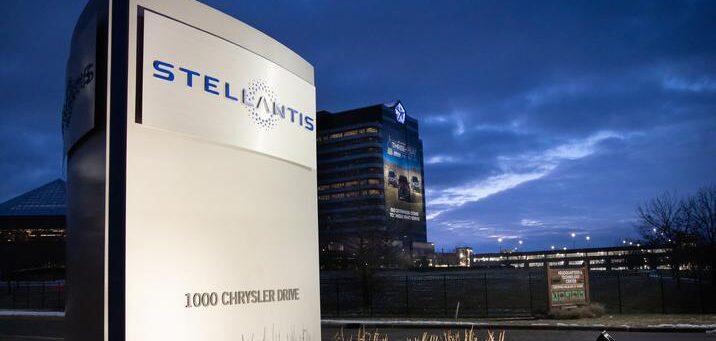Stellantis has invested a total of €33m (US$34.7m) in two of its global testing facilities to support the company’s long-term strategy to improve both its EV and autonomous driving technology.
The company’s Orbassano Safety Center, near Turin, Italy, has been significantly upgraded to host four test tracks with four impact points and capabilities for full testing of battery-electric vehicles (BEVs) and automated driving technology for passenger cars, trucks and light commercial vehicles. Its wind tunnel at Auburn Hills, in the US state of Michigan, is being scaled up with the addition of moving ground plane technology to deliver more accurate aerodynamics measurement of vehicles.
“Our world-class tech hubs across the globe are doing the work today that will make tomorrow’s Stellantis vehicles industry leaders in capability, performance and safety,” said Harald Wester, Stellantis chief engineering officer. “Our engineering community is fueled by talent, diversity and global reach, and we are intensely working with the other global functions, as our Monozokuri peers, to energize the core of our technological transformation. It gives us a comprehensive view of the challenges and enables us to consider and refine a full menu of mobility solutions that will put us in the front row of the race to innovate and improve.”
The €5m (US$5.26m) in upgrades for the Orbassano Safety Center give it the capability to test all types of electrified vehicles – mild hybrid, plug-in hybrid and battery electric vehicles. The facility currently runs at least two crash tests a day and is on track to test more than 275 electrified vehicles this year. Vehicles tested at Orbassano can be certified to meet more than 175 international safety and technological standards.
The impact zone of the test tracks is fitted with a Messring movable block for front and side-impact tests, and Orbassano runs some of the industry’s most-challenging tests including the passenger-side small overlap test being used by the Insurance Institute for Highway Safety.
Orbassano’s test tracks include a computer-driven camera positioning system with 13 moveable outboard camera locations over the impact point. In addition, the tracks include the capability for underbody high-speed video, while up to five cameras can be mounted on board the test vehicle.
At the Stellantis wind tunnel complex in Auburn Hills, construction is in progress to install moving ground plane technology (rolling road), with Stellantis investing US$29.5m in the project. The new system will feature belts to enable wheel movement at all four corners of the vehicle while a fifth belt will run beneath the vehicle as if it were rolling over a roadway. The addition of moving ground plane technology also enables measurement of ventilation drag, which is the resistance associated exclusively with wheels and tires in motion. It accounts for up to 10% of total, real-world aerodynamic drag.
The moving ground plane installation is scheduled to become operational in 2024.


